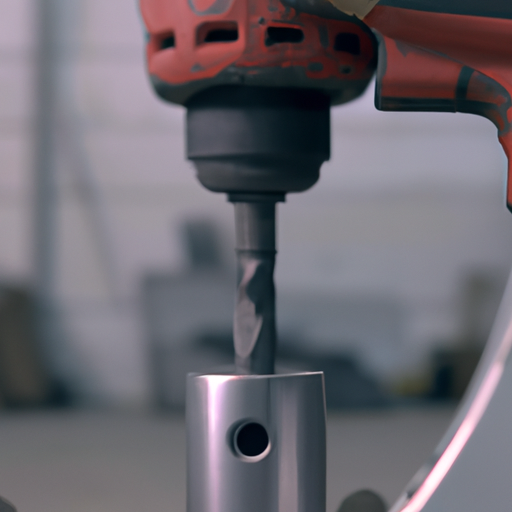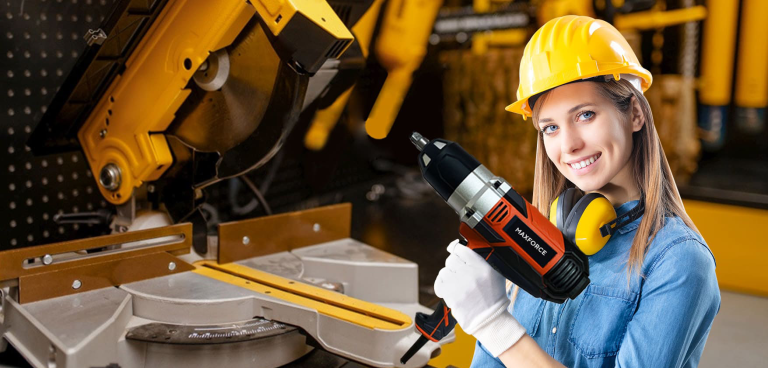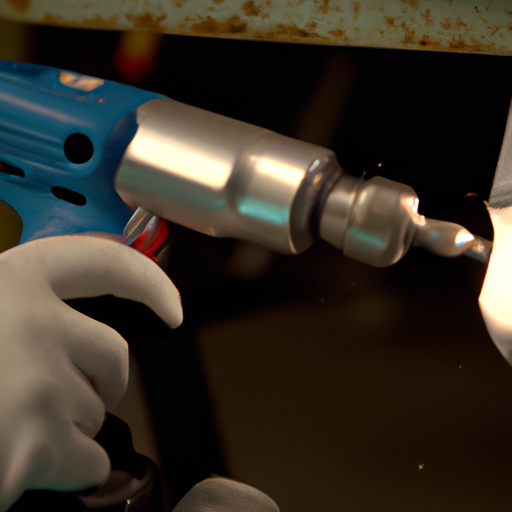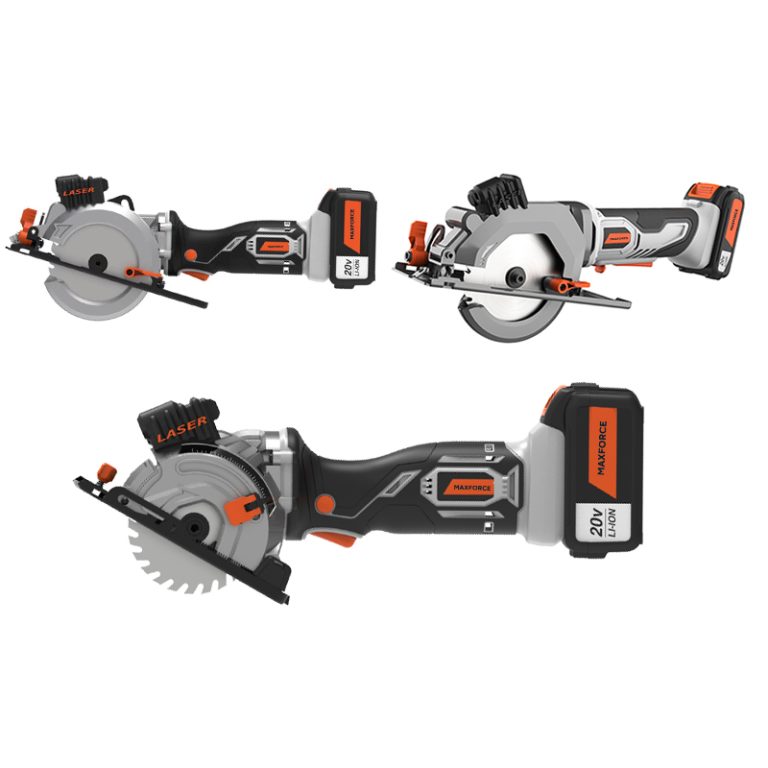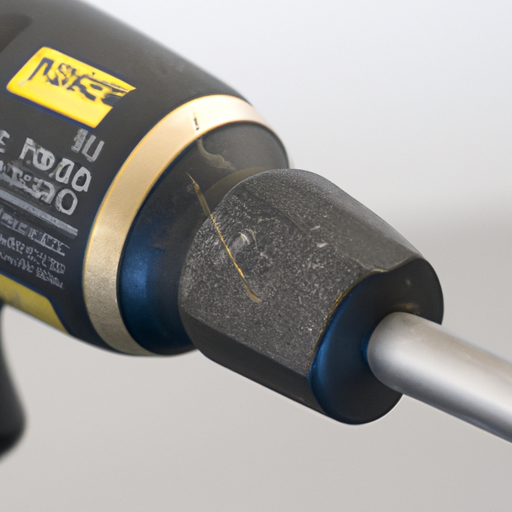An impact wrench is a powerful tool that can be used to quickly and easily loosen and tighten nuts and bolts. However, it is important to understand that an impact wrench should not be used for certain tasks. This article will discuss what tasks an impact wrench should not be used for, as well as the potential risks associated with using an impact wrench for these tasks.
The Dangers of Over-Tightening: What You Need to Know About Impact Wrenches
Impact wrenches are powerful tools that are used to quickly and efficiently tighten and loosen nuts and bolts. While they are incredibly useful, they can also be dangerous if used incorrectly. Over-tightening with an impact wrench can cause serious damage to the fastener, the tool, and even the user. It is important to understand the risks associated with over-tightening and how to avoid them.
When a fastener is over-tightened, it can cause the threads to become damaged or stripped. This can lead to the fastener becoming loose or even breaking off completely. Over-tightening can also cause the fastener to become brittle and crack, which can lead to further damage. Additionally, over-tightening can cause the tool itself to become damaged. The motor can become overworked and the internal components can become worn out, leading to a decrease in performance and reliability.
Finally, over-tightening can be dangerous for the user. If the fastener is over-tightened, it can cause the tool to kick back, which can lead to serious injury. Additionally, over-tightening can cause the tool to vibrate excessively, which can lead to fatigue and even nerve damage.
To avoid the dangers of over-tightening, it is important to use the correct torque setting for the job. Many impact wrenches come with adjustable torque settings, so it is important to use the correct setting for the job. Additionally, it is important to use the correct size socket for the fastener. Using a socket that is too small can cause the fastener to become over-tightened. Finally, it is important to use the correct lubricant on the fastener. This will help to reduce friction and prevent over-tightening.
In conclusion, over-tightening with an impact wrench can be dangerous and can cause serious damage to the fastener, the tool, and even the user. To avoid these risks, it is important to use the correct torque setting, the correct size socket, and the correct lubricant. By following these simple steps, you can ensure that your impact wrench is used safely and effectively.
How to Avoid Stripping Bolts and Nuts with an Impact Wrench
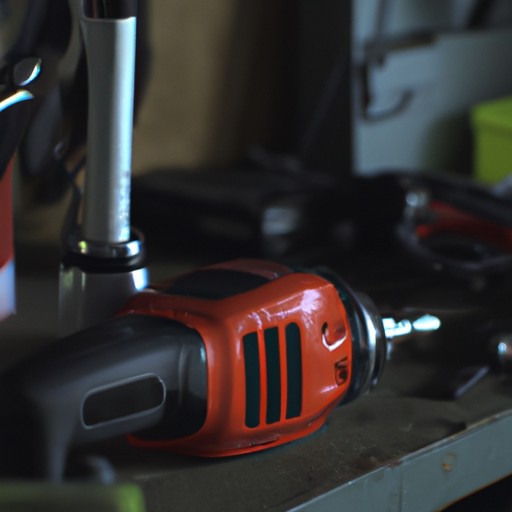
Using an impact wrench can be a great way to quickly and easily loosen and tighten bolts and nuts. However, if not used correctly, it can also strip the threads of the bolts and nuts, making them unusable. To avoid this, here are some tips to keep in mind when using an impact wrench:
1. Make sure the bolt or nut is properly aligned. If the bolt or nut is not properly aligned, the impact wrench may not be able to get a good grip on it, which can lead to stripping.
2. Use the correct size socket for the bolt or nut. If the socket is too small, it can slip off and cause the threads to be stripped.
3. Use the correct torque setting. If the torque setting is too high, it can cause the threads to be stripped.
4. Use a lubricant. A lubricant can help reduce friction and make it easier for the impact wrench to grip the bolt or nut.
5. Use a torque wrench. A torque wrench can help ensure that the correct amount of torque is applied to the bolt or nut.
By following these tips, you can help ensure that your bolts and nuts are not stripped when using an impact wrench.
The Do’s and Don’ts of Using an Impact Wrench: What You Need to Know Before You Start
Do’s
1. Always wear safety glasses when using an impact wrench.
2. Make sure the wrench is properly lubricated before use.
3. Read the manufacturer’s instructions carefully before using the wrench.
4. Make sure the socket is securely attached to the wrench before use.
5. Use the correct size socket for the job.
6. Make sure the socket is firmly attached to the fastener before using the wrench.
7. Use the wrench in a straight line, not at an angle.
8. Use the wrench in short bursts, not continuously.
9. Make sure the wrench is securely attached to the fastener before use.
10. Make sure the fastener is securely tightened before use.
Don’ts
1. Don’t use an impact wrench on a fastener that is already tight.
2. Don’t use an impact wrench on a fastener that is too large or too small for the socket.
3. Don’t use an impact wrench on a fastener that is not designed for use with an impact wrench.
4. Don’t use an impact wrench on a fastener that is not securely attached to the wrench.
5. Don’t use an impact wrench on a fastener that is not securely tightened.
6. Don’t use an impact wrench on a fastener that is not designed for use with an impact wrench.
7. Don’t use an impact wrench on a fastener that is not securely attached to the wrench.
8. Don’t use an impact wrench on a fastener that is not securely tightened.
9. Don’t use an impact wrench on a fastener that is not designed for use with an impact wrench.
10. Don’t use an impact wrench on a fastener that is not securely attached to the wrench.
Conclusion
In conclusion, it is important to remember that an impact wrench should not be used for any application that requires precision or accuracy, such as tightening small screws or bolts. Additionally, it should not be used to loosen or tighten large bolts or nuts that are already in place, as this could cause damage to the bolt or nut. Finally, it should not be used to drive screws into hard materials, as this could cause the screw to break or strip. By following these guidelines, you can ensure that your impact wrench is used safely and effectively.

